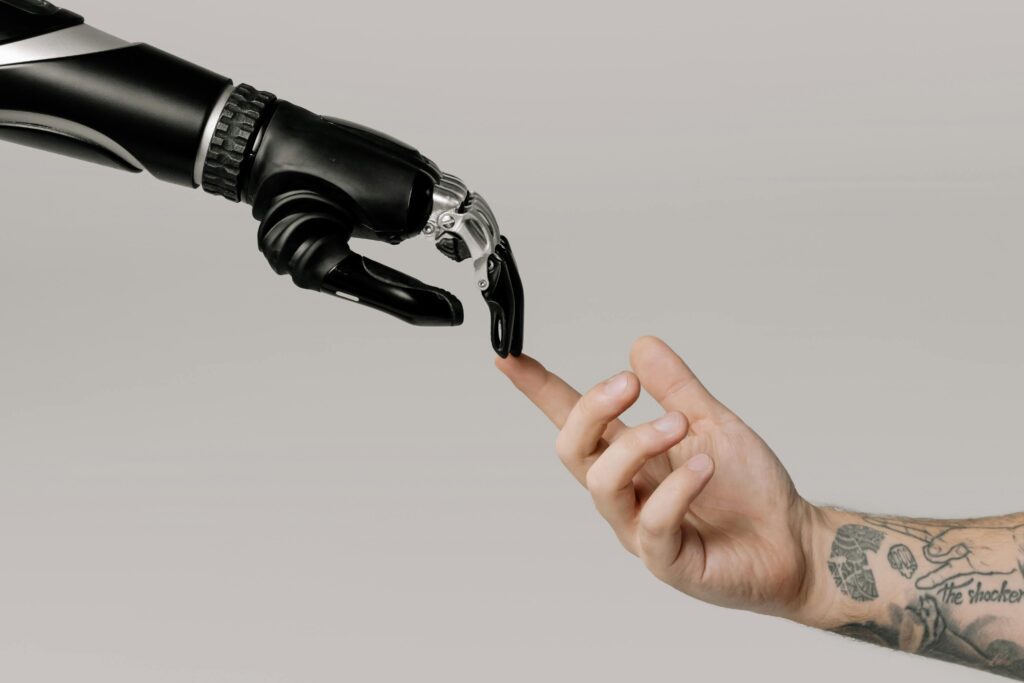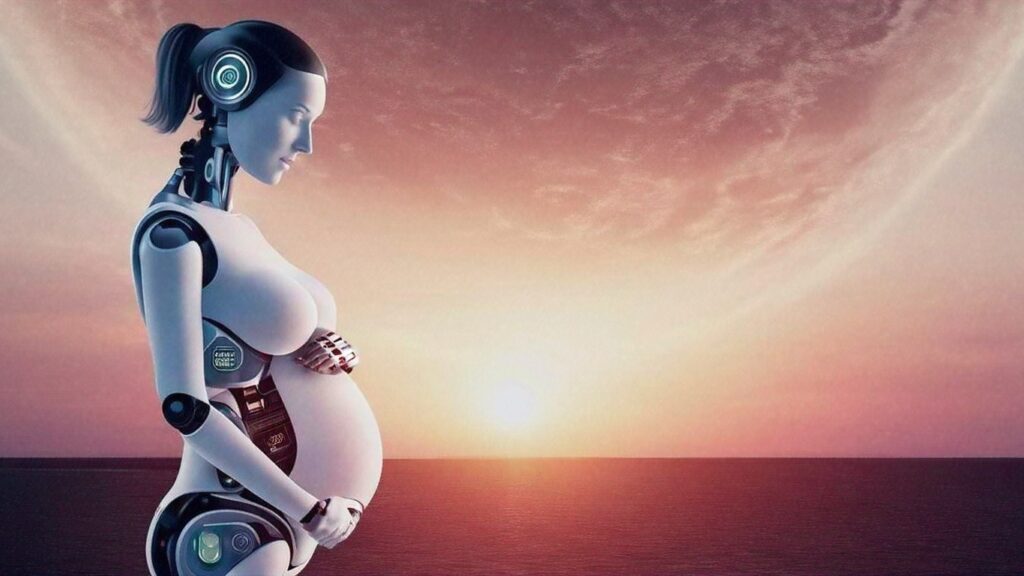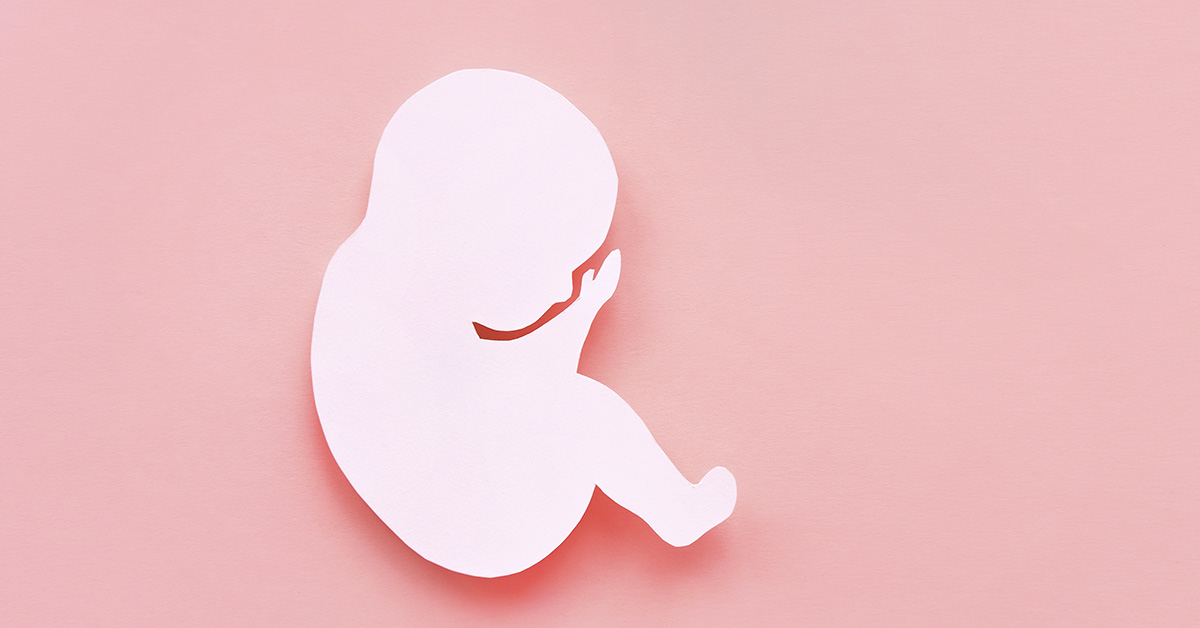Based in Guangzhou, China, Kaiwa Technology has unveiled ambitious plans to create the world’s first “gestation robot”. The company presented this concept at the 2025 World Robot Conference in Beijing. Zhang Qifeng, the company’s founder and researcher affiliated with Nanyang Technological University, described the robot as being more than just a simple incubator. The humanoid robot would be designed with an artificial womb intended to carry a fetus through the human gestation period.
How the Artificial Womb Technology Works

According to Qifeng, the robot is not just an incubator but a life-sized humanoid. The robot will be equipped with an artificial womb in its abdomen that mimics natural pregnancy conditions, from conception to delivery. The system uses artificial amniotic fluid to create a protective environment for fetal development. The developing fetus receives nutrients through a specialized hose system that mimics natural gestation. Dr. Zhang claims the laboratory version of this technology has already reached maturity and now requires integration into a humanoid form to enable human-robot interaction throughout the pregnancy.
Scientific Foundation Behind Artificial Gestation

Artificial womb research has shown promising results in animal studies. The Children’s Hospital of Philadelphia successfully nurtured a premature lamb using a “biobag” system in 2017. This transparent vinyl sac contained warm, saline-based artificial amniotic fluid that supported the lamb’s development. The research team delivered nutrients through a tube connected to the umbilical cord, allowing the lamb to grow wool within just 4 weeks. Current artificial womb technology works like enhanced neonatal incubators. These systems maintain viable conditions only for partially developed fetuses. They do not nurture embryos from conception to birth.
Timeline and Pricing for the Humanoid Pregnancy Robot
Kaiwa Technology has slated to debut their gestation-humanoid robot by 2026, pricing it just under 100,000 yuan (approximately $13,900). Zhang Qifeng expects to have a complete working prototype within a year of the announcement. The company aims to make this technology accessible to couples facing fertility challenges or those seeking pregnancy alternatives. While there has been online enthusiasm, medical experts have expressed their concerns and skepticism.
Regulatory Hurdles and Ethical Considerations
This technology has sparked intense public discourse, with some expressing ethical unease to others seeing its application for infertility. Zhang Qifeng reports that his team has already engaged in discussions with authorities in Guangdong Province regarding the legal framework. The company has submitted related proposals as part of ongoing policy and legislative deliberations in the region. While these conversations are ongoing, Dr. Zhang’s work requires support for fertilization, implantation and full-term pregnancy which leaves open ethical and legal questions.
Current Limitations and Technical Challenges
Existing artificial womb technology functions more like enhanced neonatal incubators supporting partially gestated. Zhang’s concept still requires supporting fertilization, implantation, and complete fetal development from conception to birth. The company has not yet disclosed the specific technical details about accomplishing full-term artificial gestation.
There are still significant legal and scientific obstacles in moving from animal trials to human applications. Current legislation globally either bans embryo research or restricts growing human embryos beyond 14 days. Other barriers medical experts mention include mimicking placental blood flow regulation. These systems currently cannot facilitate the crucial embryo-to-fetal development transition.
Related Developments in AI-Powered Breeding Technology
Researchers unveiled the world’s first breeding robot fully powered by AI at the 2025 World Robot Conference. This technology, called GEIAR, integrates artificial intelligence and biotechnology to revolutionize crop breeding through autonomous pollination. The Institute of Genetics and Developmental Biology team used gene editing to enable the robot to produce hybrid seeds efficiently by creating male-sterile flowers. GEAIR has already been used in the development of sterile soybean systems to rejuvenate their crop yields and boost breeding capacity.
Potential Benefits for Infertile Couples
The pregnancy robot could offer hope to couples facing infertility challenges or medical conditions preventing a natural pregnancy. Women with high-risk pregnancies, severe pregnancy complications, or complete uterine absence might benefit from this technology. The system could also help same-sex male couples achieve biological parenthood without requiring surrogate mothers.
Future Implications for Reproductive Technology
The announcement has generated intense public discourse across China, with reactions ranging from ethical concerns to hopeful optimism. Critics raise questions about the psychological and social implications of robot-assisted pregnancy, while supporters see potential benefits for infertile couples.
The technology could offer hope to individuals who cannot carry pregnancies due to medical conditions or other circumstances. Some ethicists worry about the commodification of pregnancy and potential impacts on traditional family structures. Religious groups and conservative voices have expressed concerns about interfering with natural reproductive processes.
Successful development of pregnancy robots could revolutionize human reproduction and family planning. This technology might reduce maternal mortality rates and pregnancy-related health risks worldwide. However, social acceptance and long-term effects on parent-child bonding remain unknown factors requiring extensive study before widespread implementation.
Read More: Mom Gives Birth to Baby Conceived from 27-Year-Old Frozen Embryo

